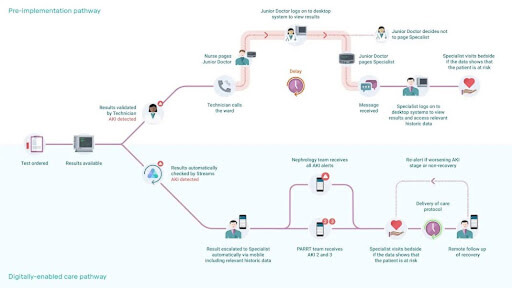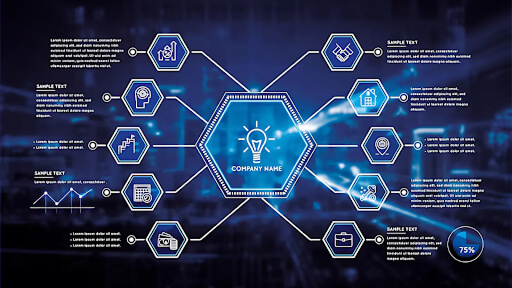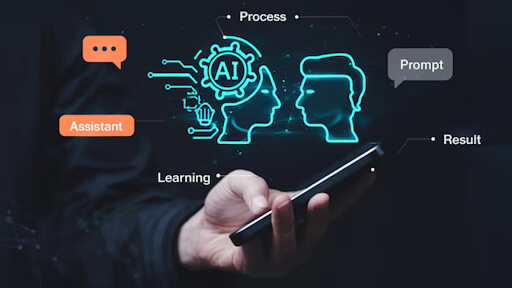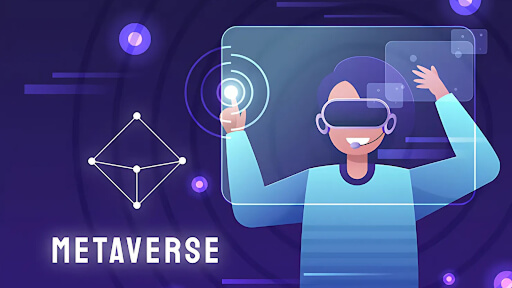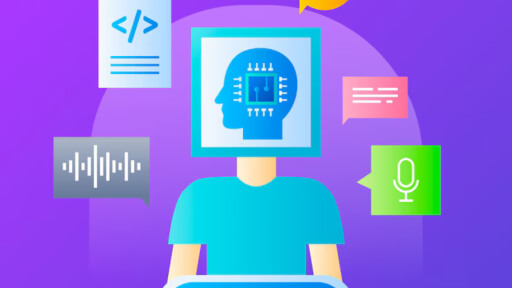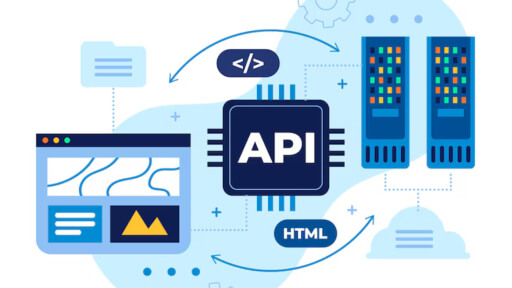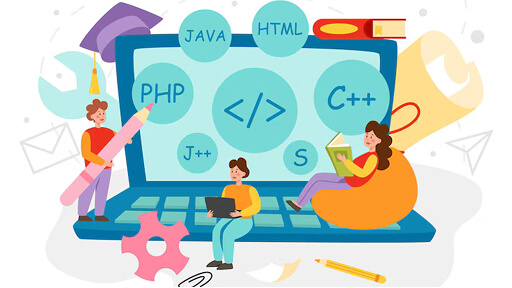
Automation has long been the cornerstone of efficiency in business operations. From manufacturing lines to email workflows, traditional business automation has helped companies scale processes, reduce errors, and lower operational costs. But in today’s fast-moving digital landscape, a new player is redefining what automation can do: AI-Driven Automation.
If you’re still relying solely on rules-based systems, it’s time to explore how AI-driven automation takes productivity, personalization, and precision to a whole new level.
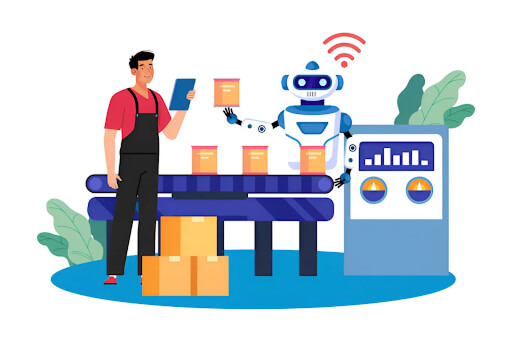
Traditional Automation: Rigid but Reliable
Let’s start with what we know. Traditional automation is based on predefined rules and triggers. It excels at handling repetitive and predictable tasks. Think of things like:
- Scheduling emails based on time
- Triggering invoices after a sale
- Auto-routing support tickets
These processes save time and reduce manual work, but they can’t adjust to new variables or learn from data. Traditional automation operates in a straight line. It’s rule-following, not rule-evolving. It can handle quantity, but not complexity.
That’s why businesses are increasingly turning to AI-driven automation for next-level scalability and intelligence.
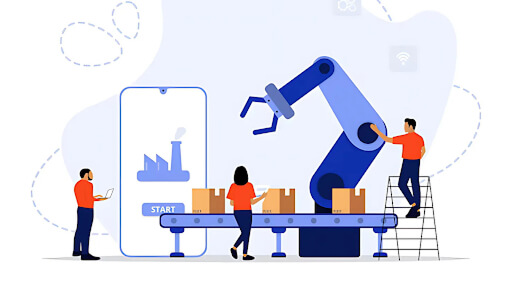
What Is AI-Driven Automation?
AI-driven automation builds on traditional automation by adding intelligence. Instead of simply executing tasks based on fixed inputs, it learns from patterns, predicts outcomes, and adapts in real time. It uses technologies like:
- Machine learning
- Natural language processing
- Predictive analytics
- Intelligent decision-making
In short, AI-driven automation doesn’t just follow instructions—it improves them. It observes, learns, and adjusts to optimize outcomes. Think of it as automation that’s not just reactive, but proactive.
This shift is particularly compelling in customer-centric roles, such as support, sales, and marketing, where expectations are constantly changing and data is the fuel for competitive advantage.

Key Differences: AI-Driven Automation vs. Traditional Automation
1. Adaptability
Traditional automation is static. It only works when the inputs match the rules. If something changes—say, a customer replies in a slightly different way—it fails.
AI-driven automation adapts. It can handle variability, recognize anomalies, and adjust accordingly. For example, in customer support, it can understand and respond to natural language queries without needing a human to reprogram it.
This makes AI-driven systems more resilient and responsive, particularly in high-volume, high-variance environments such as e-commerce or live chat.
2. Learning Capability
Traditional systems don’t learn from past actions. You’d need a developer to rewrite the rules for every exception.
AI-driven automation, on the other hand, utilizes historical data to become increasingly intelligent over time. If an AI detects that customers who click on a particular product often end up buying a related item, it can automatically start recommending that item, without requiring manual rules.
This ability to “learn as it goes” makes AI-driven marketing automation far more potent than its rules-based predecessor.
3. Personalization
With traditional automation, personalization means using a {FirstName} field in an email.
With AI-driven marketing automation, personalization becomes dynamic and tailored to each individual. AI can craft content based on past behavior, preferences, engagement history, and even predict future intent, making every interaction feel tailored and relevant.
This isn’t just good for the customer experience—it’s great for conversion rates. According to Adobe, companies using advanced personalization see 3X the revenue per email.
4. Decision-Making
Rules-based automation can’t make nuanced decisions—it just executes.
AI-driven automation evaluates context. For instance, AI-driven automation tools can determine the optimal time to send a message to each customer or the most suitable product to promote based on real-time signals. It doesn’t just act—it decides.
Over time, this enables your campaigns to become smarter, faster, and more precise, with minimal human intervention.
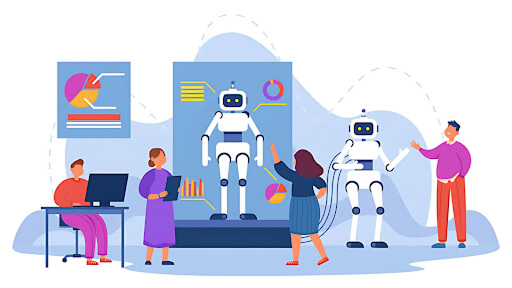
How AI-Driven Automation Powers Modern Marketing
One of the most significant use cases for AI-driven automation is marketing. Brands today use AI not just to automate tasks but to optimize entire campaigns.
Examples of AI-Driven Marketing Automation in Action:
- Email Campaigns: AI analyzes engagement data to send emails at the perfect time with subject lines that are most likely to be opened.
- Customer Segmentation: AI automatically segments users based on behavior, buying patterns, and intent—no manual tagging needed.
- Predictive Product Recommendations: AI suggests products based on a user’s past activity, increasing conversions.
- Chatbots and Conversational AI: AI-driven bots understand user intent, provide relevant responses, and escalate when needed—all without scripts.
Platforms that offer AI-driven marketing automation tools (like Salesforce, HubSpot, or Adobe Experience Platform) enable marketers to do more than automate—they help build systems that learn and optimize over time.
Why Businesses Are Shifting to AI-Driven Automation
According to McKinsey, businesses that implement AI into their workflows can expect a 10–15% improvement in efficiency and a 20% reduction in operational costs. But beyond cost savings, AI unlocks better customer experiences, more accurate forecasting, and increased agility.
Other stats that highlight the shift:
- 80% of marketers using AI-driven tools say it has improved their customer segmentation and targeting.
- AI-driven automation is projected to represent over 45% of business process automation investments by 2026.
- Businesses that integrate AI into their marketing strategies see an average lift in conversion rate of 20–25%.
This shift reflects a broader transformation—from automation that saves time to automation that drives growth.
When to Use Traditional vs. AI-Driven Automation
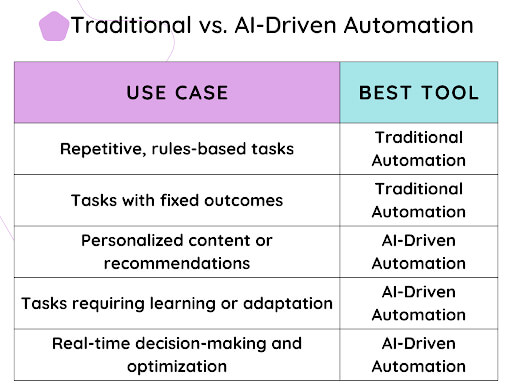
In most modern organizations, traditional automation continues to play a significant role. But AI-driven automation is quickly becoming the layer that makes your systems intelligent, adaptive, and future-ready.
When layered correctly, the two approaches can work together—rules-based systems doing the grunt work, and AI-guided automation fine-tuning and optimizing the process continuously.
Conclusion
The difference between traditional and AI-driven automation is the difference between doing things faster and doing them smarter.
Traditional automation was built for efficiency.
AI-driven automation is built for intelligence, agility, and scale.
As markets become more competitive and customer expectations continue to rise, organizations need more than just automation—they need systems that think, learn, and evolve. Whether you’re improving workflows, transforming customer journeys, or scaling marketing efforts, AI-driven automation is the edge that sets modern businesses apart.
Now is the time to look beyond rules. Look toward intelligence. That’s what sets AI-driven automation apart—and that’s what will shape the future of work.
FAQs
1. What is the key difference between AI-driven automation and traditional automation?
Traditional automation follows fixed rules and scripts. AI-driven automation utilizes machine learning to adapt, improve, and make decisions based on data, eliminating the need for constant human input.
2. Can AI-driven automation replace traditional automation?
Not completely. AI-driven automation is best suited for tasks that require learning or personalization, while traditional automation remains effective for repetitive, rule-based processes.
3. What are examples of AI-driven marketing automation tools?
Tools like Salesforce Einstein, HubSpot with AI features, and Adobe Sensei help automate customer targeting, personalization, email timing, and predictive product recommendations using artificial intelligence (AI).
4. Why is AI-driven automation becoming more popular in business?
Because it delivers smarter, more personalized results, AI-driven automation helps companies reduce manual work, improve accuracy, and adapt in real time, giving them a competitive edge.
How Can [x]cube LABS Help?
At [x]cube LABS, we craft intelligent AI agents that seamlessly integrate with your systems, enhancing efficiency and innovation:
- Intelligent Virtual Assistants: Deploy AI-driven chatbots and voice assistants for 24/7 personalized customer support, streamlining service and reducing call center volume.
- RPA Agents for Process Automation: Automate repetitive tasks like invoicing and compliance checks, minimizing errors and boosting operational efficiency.
- Predictive Analytics & Decision-Making Agents: Utilize machine learning to forecast demand, optimize inventory, and provide real-time strategic insights.
- Supply Chain & Logistics Multi-Agent Systems: Improve supply chain efficiency through autonomous agents managing inventory and dynamically adapting logistics operations.
- Autonomous Cybersecurity Agents: Enhance security by autonomously detecting anomalies, responding to threats, and enforcing policies in real-time.
- Generative AI & Content Creation Agents: Accelerate content production with AI-generated descriptions, visuals, and code, ensuring brand consistency and scalability.
Integrate our Agentic AI solutions to automate tasks, derive actionable insights, and deliver superior customer experiences effortlessly within your existing workflows.
For more information and to schedule a FREE demo, check out all our ready-to-deploy agents here.
 1-800-805-5783
1-800-805-5783


















